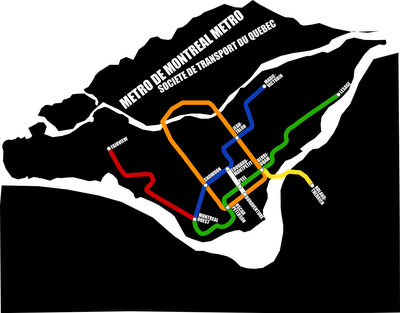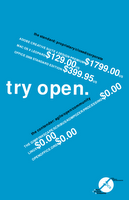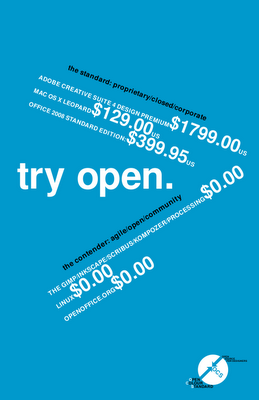Earlier this year, I found myself explaining the procedure for making popcorn in a pot, on the stove, without pre-buttered, microwaveable kernels. I had never before realized that there are people who think that the only way to make popcorn is in a microwaveable bag. This revelation led to an idea: take foods that are best known in their instant format and create a cookbook/cookzine/cookblog explaining the procedure for making them the proper/old fashioned/slow/healthy way.
I can think of a few foods that might benefit from this treatment. Macaroni and cheese may be the most notable example. Among other boxfoods, though, there's stroganoff, french fries (which don't actually have to come out of a bag in the frozen food section), any number of sauces and salad dressings, the abovementioned popcorn and a whole legion of other foods. Suggestions in the comments, if you have something to add to the list.
I've got a problem. I've had a lifelong obsession with building things by hand. I love the sensation of seeing something come to life through my efforts. In physical making, there's a certain amount of feedback and consequence. I actually enjoy having to clean the ink out from under my fingernails after screen printing. These days, however, the majority of my work is digital, with very few protrusions into the physical world and with little to no non-digital making. That's gotten me thinking.
I'm planning my day. On my to-do list, I've put the words "update website." I know that I have a meeting later that I'll have to drag myself away from my work to attend. Here's the problem: when I'm only working digitally, it doesn't feel as if I'm actually pulling myself away from anything. The majority of my life, work and leisure time involves interfacing with a screen. Fixing my website doesn't feel like an engrossing task. There isn't a feeling of immersing myself in one thing, mainly because I'm not. I know that in the browser I have open to test my changes, I'll also have tabs going for email and Twitter. I also know that when I leave to go to my meeting, there won't be any tidying up to do. I'll just have to fold down the laptop and go.
It may seem absurd, but I want a way for my digital activities to be a little more demanding. I want to actually need to concentrate and prepare. I want the little rituals that come along with more physical forms of making. I mark things on a physical to-do list because stroking out an entry with a marker feels more satisfying than just clicking on a box. I keep a drawing board because some things are better sketched out by hand than drawn on a computer. How can I make my digital activities more tactile, beyond the standard idea of drawing with a tablet? Why can't I hook a block of clay up to a 3D modeling program and work with hands and knife? And, the big question: what's the tactile analogue of a natively digital activity like web design?


